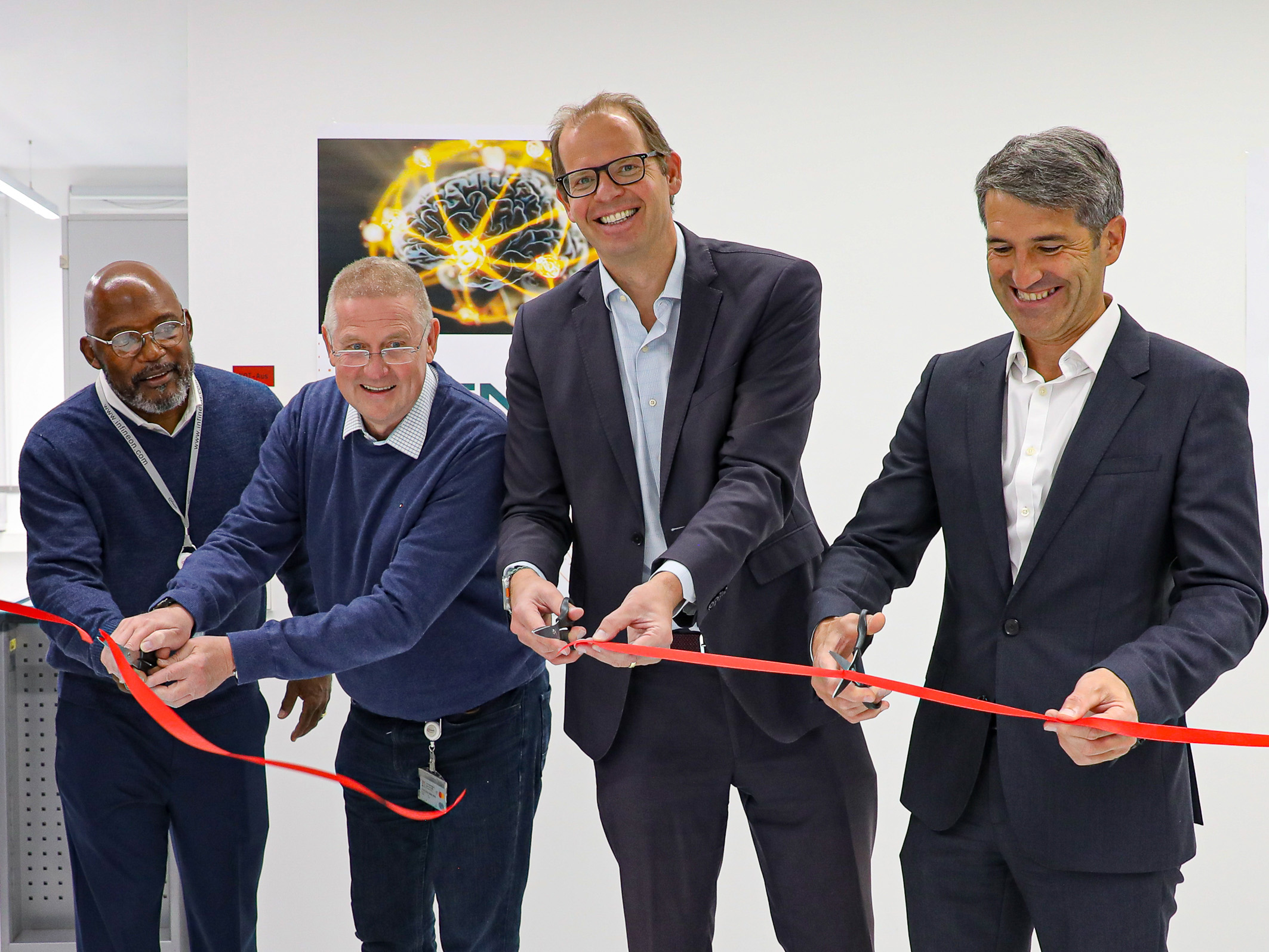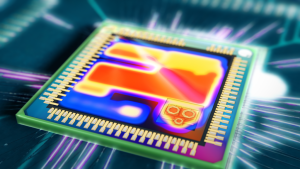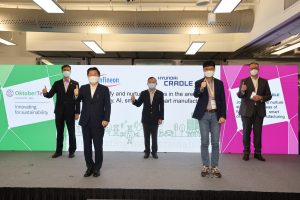MUNICH — Infineon Technologies AG has inaugurated a cutting-edge laboratory in Oberhaching, near Munich, dedicated to the development of quantum electronics. The primary objective of the facility is to engineer and validate microelectronic circuits tailored for quantum computers, emphasizing stability, scalability, and industrial viability. The lab, housing approximately twenty researchers, will also spearhead the development of AI algorithms for early anomaly detection in power systems, according to a press release published on EuropaWire .
Richard Kuncic, Senior Vice President and General Manager Power Systems at Infineon Technologies, outlined the company’s vision to revolutionize the core component of quantum computers. Kuncic emphasized the pivotal role of the new quantum laboratory in advancing ion trap quantum computing systems, crucial for achieving scalability and practical utility in quantum computing applications.
To meet the demanding requirements of quantum computing, Infineon has deployed an innovative cryostat capable of cooling temperatures to as low as 4 Kelvin (-269 degrees Celsius). The lab’s focus on electronic systems for ion trap quantum computing necessitates operational robustness under extreme conditions, including temperatures below -250 degrees Celsius and ultra-low pressures. The successful integration of these systems is a crucial step towards industrializing quantum computing, a process Infineon is committed to advancing through its new laboratory.
Despite existing quantum computing installations primarily serving research purposes, Infineon acknowledges the necessity of mastering several developmental challenges before achieving powerful quantum computers and industrial-scale adoption of the technology. This includes precise electronic manipulation of qubits, the fundamental units of quantum computation, and the development of optical detectors for quantum state readouts, among other endeavors.
Furthermore, the lab will leverage Artificial Intelligence in the realm of power semiconductors to simulate and predict aging and failure characteristics, enhancing predictive maintenance capabilities in the power sector. The utilization of AI algorithms, alongside practical measurements, aims to establish a robust data foundation for training neural networks and enhancing anomaly detection capabilities. This proactive approach to maintenance is poised to optimize equipment uptime and prevent failures, ultimately contributing to enhanced operational efficiency in power systems.



















